- About us
- Support the Gallery
- Venue hire
- Publications
- Research library
- Organisation chart
- Employment
- Contact us
- Make a booking
- Onsite programs
- Online programs
- School visit information
- Learning resources
- Little Darlings
- Professional learning
Maria (Polly) Cutmore, Gomeroi Elder, was born and grew up in Moree in northern New South Wales. For many years she has been a fierce and tireless activist for her Country, community and culture, spearheading campaigns on issues such as the protection of Gomeroi sacred sites and the environmental impacts of mining. A direct descendant of the Weraerai clan, members of which were murdered in the Waterloo Creek and Myall Creek massacres of the late 1830s, Cutmore is also a leading advocate for truthtelling about these atrocities.
Photographer Jessica Hromas met Cutmore in 2021 when she travelled to Moree to do a series of portraits and interviews around the history of the Moree Baths. The formerly segregated municipal swimming pool was the site of a key protest during the 1965 Freedom Rides, led by Arrernte and Kalkadoon activist Charles Perkins. Hromas had photographed Perkins' funeral for the Sydney Morning Herald and, as a non-Indigenous person, felt compelled to learn from Aboriginal people who'd grown up in Moree and had firsthand experience of 'Australia's very own apartheid.' Cutmore helped facilitate the project, and this portrait came about as a result.
'It reminds me of all my ancestors … I can see all of them coming through in that picture, and their struggles, and their hopes', Cutmore says of the photograph. 'I think it shows the journey I've been on … that we can come through strong-looking, and as survivors.'
Purchased 2022
© Jessica Hromas
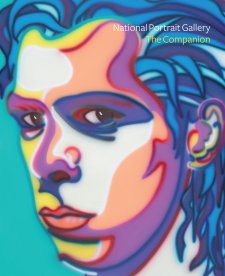
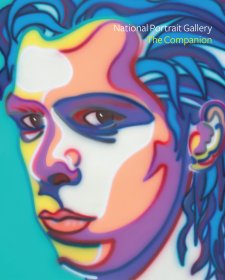
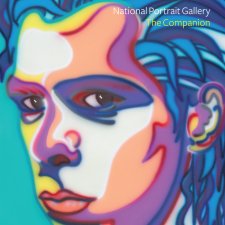
On one level The Companion talks about the most famous and frontline Australians, but on another it tells us about ourselves.
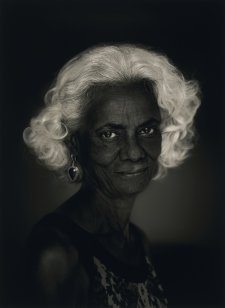

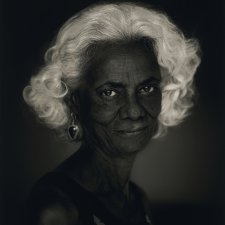
Photographed 35 years apart, these two portraits offer both a timeline of, and thematic thread for, Maria (Polly) Cutmore’s life – from a young woman to a respected Gomeroi Elder.
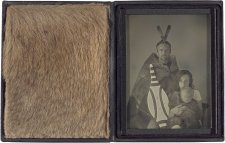
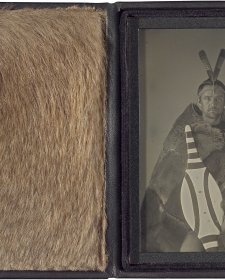
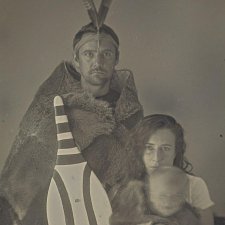
This sample of 56 photographs takes in some of the smallest photographs we own and some of the largest, some of the earliest and some of the most recent, as well as multiple photographic processes from daguerreotypes to digital media.